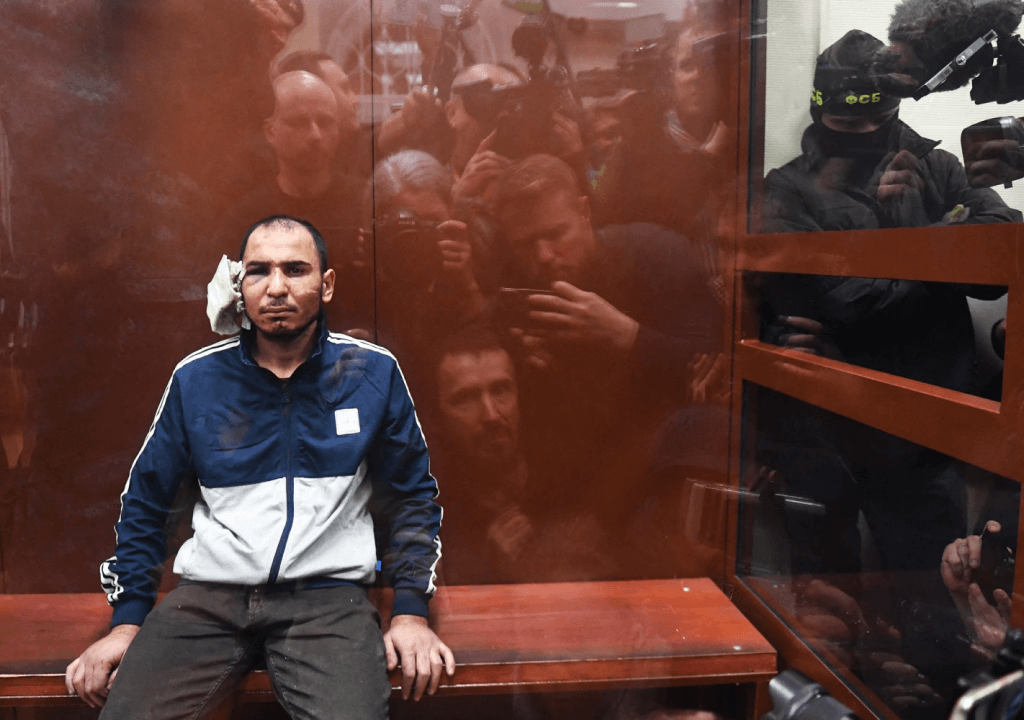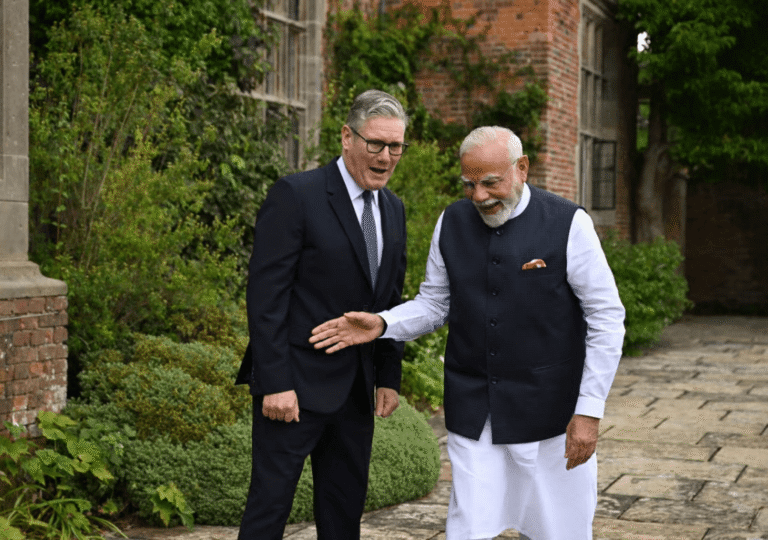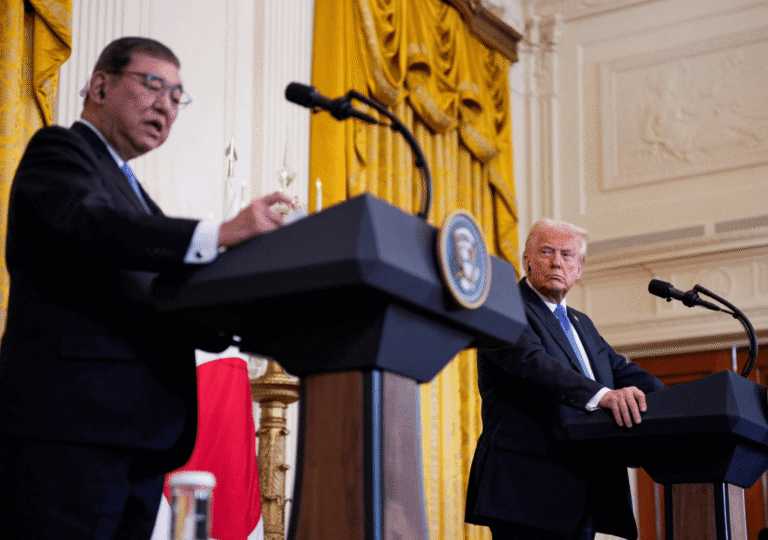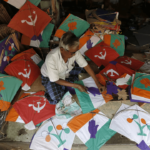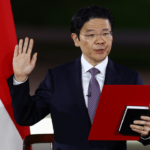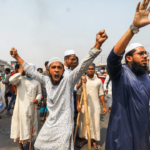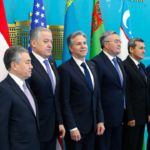Four individuals faced court proceedings in Moscow, accused in connection to the tragic terrorist assault on the Crocus City concert hall last Friday, which resulted in the loss of 137 lives. According to the TASS State news agency, the defendants, confirmed as Tajikistan citizens, were ordered to be held in custody for a duration of two months following a hearing on Sunday.
The international media focused on the Tajikistani nationality of the suspects, moving away from allegations against Ukraine. This situation prompts a reconsideration of Central Asian nations, known for their peaceful tendencies and reluctance towards Islamic extremism, despite Islam’s prevalence. Unlike certain Islamic countries, Central Asian societies have shown a more flexible approach to religious practices, often influenced by Soviet-era perspectives. Nonetheless, recent events suggest a changing landscape in the region.
Extremists from Tajikistan and various other Central Asian countries have been implicated in a series of recent ISIS assaults across Europe and Iran. In January, a tragic bombing during an Iranian commemoration ceremony resulted in approximately 100 fatalities. Now, in March, individuals from Tajikistan are suspected of involvement in the Moscow attack. Both Iran and Russia have vehemently opposed the Islamic State, actively engaging them in the Middle East. This casts doubt on ISIS’s claim of responsibility. Initially, Iran accused Israel and the US of the attack, but later, their intelligence ministry identified the mastermind and bombmaker as Tajik nationals. According to reports from the Iranian government press agency, the suspect entered Iran from the southeast border, departing just two days prior to the attack after constructing the bombs. Additionally, one of the suicide bombers was also Tajik.
US and European intelligence agencies have observed a notable surge in global plots associated with ISIS-K, with some analysts considering it the most formidable ISIS affiliate outside of Africa. According to a UN report, in July and August, seven individuals from Tajikistan, Turkmenistan, and Kyrgyzstan, linked to ISIS-K, were apprehended in Germany while plotting significant terrorist attacks, actively acquiring weapons and identifying potential targets. German authorities apprehended three Tajik individuals and one Uzbek national on December 31, suspecting them of planning an attack on Cologne Cathedral on New Year’s Eve. These men were linked to ISIS by investigators. Tajik nationals have been implicated in various other plots across Europe and Turkey in recent years. In January, two ISIS militants from Tajikistan and Russia carried out an attack on a church in Istanbul, resulting in one fatality and one injury. Additionally, earlier this month, Russian security forces eliminated two Kazakhstan nationals believed to be orchestrating an ISIS-KP-associated assault on a synagogue in the Kaluga region, southwest of Moscow. This shift towards international targets may be attributed to directives from senior IS leadership in Iraq and Syria, where the organization has suffered significant setbacks.
The UN report underscored the potential for extremist Islamist groups to recruit amid the conflict in Gaza. However, IS has grappled with balancing its animosity towards Hamas while desiring to incite violence against longstanding adversaries. The report noted IS’s cautious public communications in response to events in Israel and Gaza, aimed at exacerbating religious intolerance. Despite this, IS maintains staunch opposition to Hamas, labeling its members as apostates. IS’s media campaigns have focused on exploiting the situation in Gaza to provoke potential lone actors into carrying out attacks.
Presently, the Islamic State (IS) justifies indoctrinating minds, portraying itself as a champion of Islam and savior of Islam from suffering. Economic stagnation and widespread unemployment fuel the interest of disillusioned youth, priming them for participation in what they perceive as a holy war. They consider anyone opposed to their ideology, including Muslims, Christians, and Jews, as enemies.
In Central Asian countries, societal dynamics are becoming increasingly volatile as the influence of Soviet remnants diminishes among the younger generation, who are now gravitating more towards their Islamic identity. With Russia’s influence waning, other external actors, including the Islamic State and various competing factions, are seizing the opportunity to exert influence in the region. Economic growth has been sluggish, compounded by pervasive authoritarianism, corruption within the government, high unemployment rates, and a lack of prosperity for the common populace, with benefits accruing primarily to politicians and businessmen. This socioeconomic landscape provides fertile ground for extremist ideologies to flourish.
Failure by the government to address these pressing issues not only jeopardizes the country’s reputation and diaspora but also exacerbates the risk of radicalization. Reports indicate growing apprehension within the Tajik diaspora in Russia, with social media glorifying Tajik and Central Asian identities of terrorists. Such developments threaten to erode the secular image of Central Asia, potentially aligning them with the likes of Pakistan and Afghanistan, further entrenching their misery.

